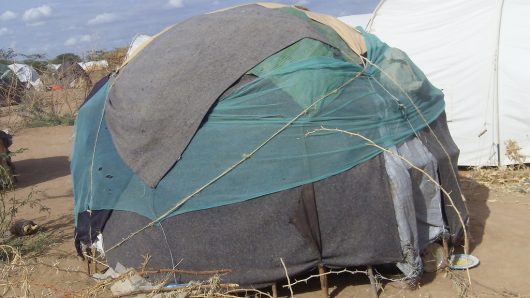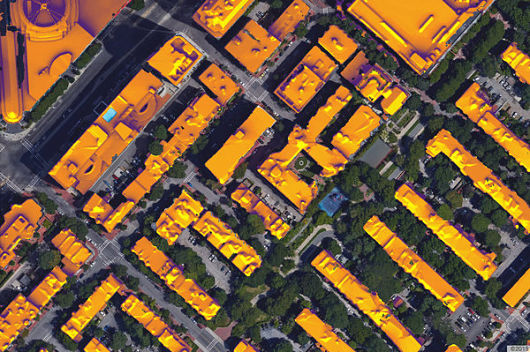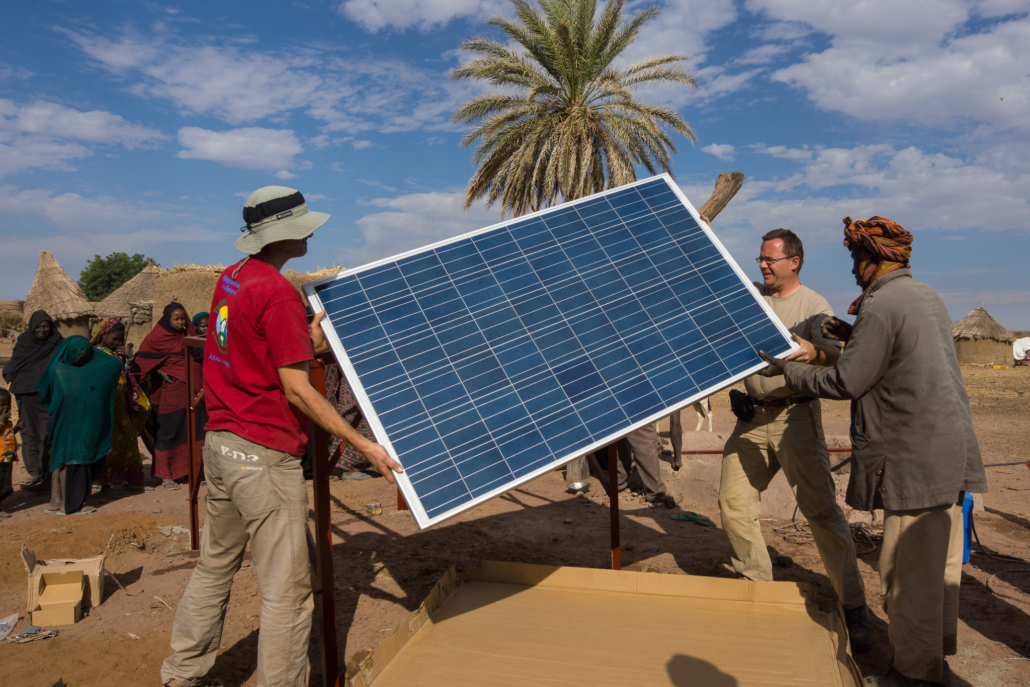 Over 800 million people live without electricity, and many more face power outages as frequently as daily or live in areas with weak electrical grids. Most would struggle with that alone: no smartphones, laptops or light bulbs. But when considering how that would impact the health care infrastructure of an area, it becomes clear how impactful a lack of electricity could be on the welfare of a given area. That solution is solar panels powering health centers.
Over 800 million people live without electricity, and many more face power outages as frequently as daily or live in areas with weak electrical grids. Most would struggle with that alone: no smartphones, laptops or light bulbs. But when considering how that would impact the health care infrastructure of an area, it becomes clear how impactful a lack of electricity could be on the welfare of a given area. That solution is solar panels powering health centers.
One Hospital’s Story
In rural Peru, two communities in the Amazon rainforest that are only reachable by boat have been struggling to provide their community members with consistent health care. More than 12,000 people live in Masisea and Iparia, where the poverty rate is as high as 14%. The community holds members from 87 different groups indigenous to the Amazon.
In these towns, health centers struggle. A woman who goes into labor at the start of the night may experience dramatically different care than one who goes into labor during the early morning. This disparity exists because there was only spotty electricity, and generators provided much of it with limited functionality and limited fuel. Often, births were conducted under the light of a cell phone.
Partners in Health has been working to improve health care internationally as their mission, and their Peruvian branch, Socios En Salud, has been operating since 1994. Their work in Masisea has directly impacted the quality of care of at least 1,200 patients in a little over four months. Compared to generators, solar panels create more electricity with less money and can store it. Because of this, oxygen concentrators, lights and refrigerators never have to be turned off again in Masisea. One health center staff member said, “It’s the first time in my life since I was born that I’ve seen lights 24 hours a day.”
Other Solar Health Care Locations
Since 2017, more than 1,000 new locations have solar panels powering health centers. Many organizations have contributed to this bright future, where solar panels create equitable health care. Partners in Health, the UNDP’s Solar for Health Initiative, and SolarAid are some of the biggest.
Solar for Health focuses on Africa, providing electricity to health centers and health storage facilities in 15 countries. Around half of those living without electricity live in Sub-Saharan Africa, but Solar for Health is trying to ensure that no one needing health care must go without it. However, its focus is not exclusively on improving health care. It also teaches women in the communities gaining solar power to be solar technicians, creating green jobs and promoting gender equality. It also educates communities on the intersection of pollution and health.
Partners in Health have installed solar panels at many locations outside of Masisea Health Center, including a few in Haiti, one in Boucan Carre and most of their hospitals and clinics in Lesotho and Rwanda. There are many more health care centers than that operating via solar power, both under the umbrella of Partners in Health and outside of it.
The smallest of the three organizations is SolarAid, which is committed to leaving no health care centers in Africa without electricity. It believes that solar panels create stronger communities and aim to give Africa access to solar power by 2030. This nonprofit originated in 2006 and has made incredible progress since then. It has impacted more than 4 million people, giving them reliable access to light, saving them money and keeping them from using light sources that could be toxic or dangerous. These millions include several health care facilities across Africa.
Conclusion
Renewable energy has opened a path to universally equitable health care. Fuel for generators is prohibitively expensive for most health care centers in impoverished areas, and many cannot connect to a consistent electric grid easily. These organizations, which not only pay for and install solar panels for health care centers but teach people in the community how to care for the solar panels and keep them running, have created a future that is, literally and figuratively, brighter.
– Ren Pratt
Photo: Flickr
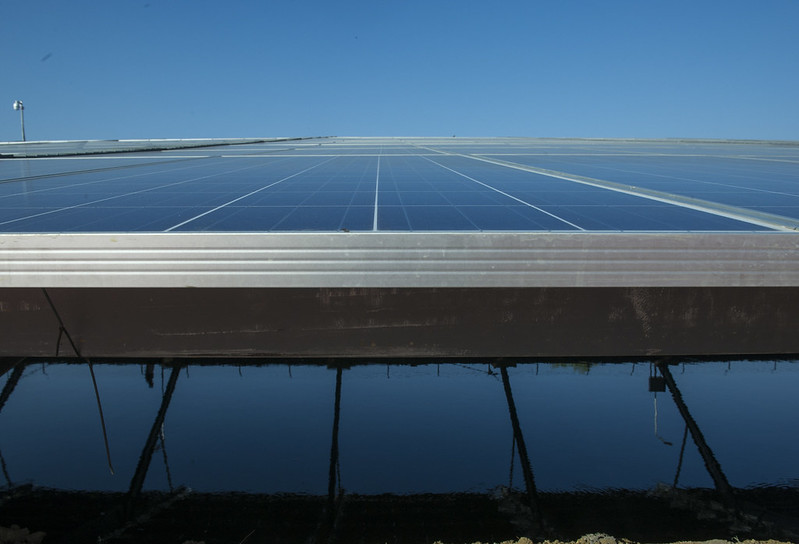 India is the world’s third-largest energy consumer, and after China and the U.S., it is the third-largest producer of greenhouse gas emissions. To move away from fossil fuels,
India is the world’s third-largest energy consumer, and after China and the U.S., it is the third-largest producer of greenhouse gas emissions. To move away from fossil fuels, 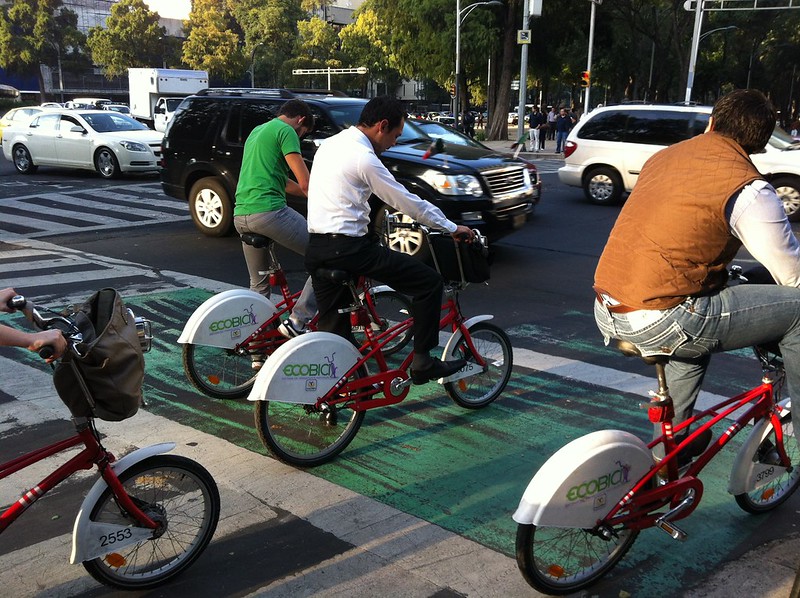 The Mexico City metropolitan area, home to more than 21 million people, experiences air pollution that can have negative long-term impacts for its residents. Indeed, some recent grim headlines bemoaning increased smog and ozone during the dry season, as well as
The Mexico City metropolitan area, home to more than 21 million people, experiences air pollution that can have negative long-term impacts for its residents. Indeed, some recent grim headlines bemoaning increased smog and ozone during the dry season, as well as 